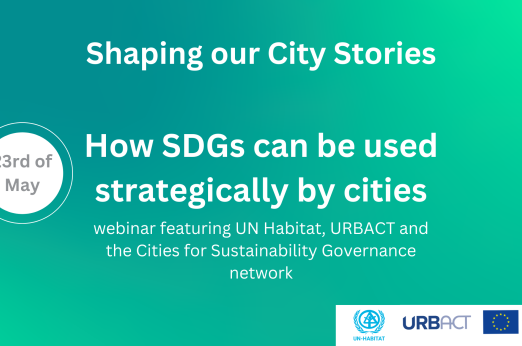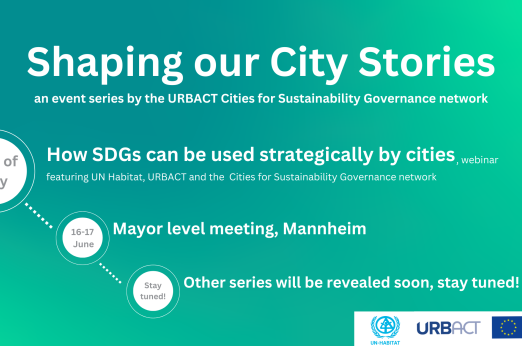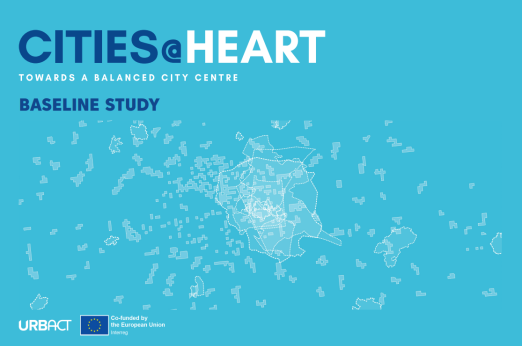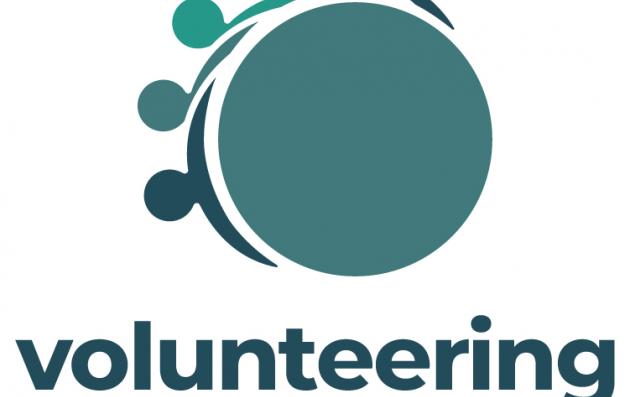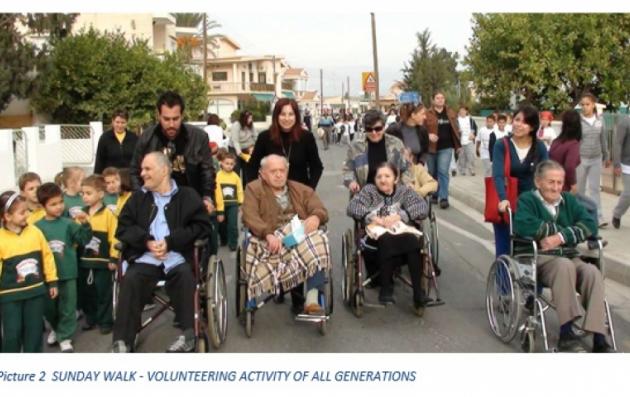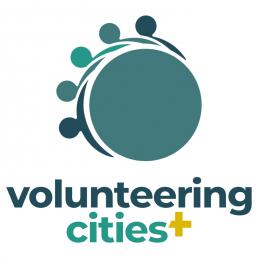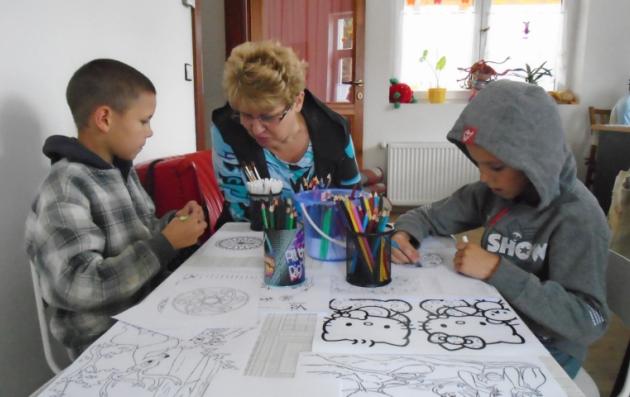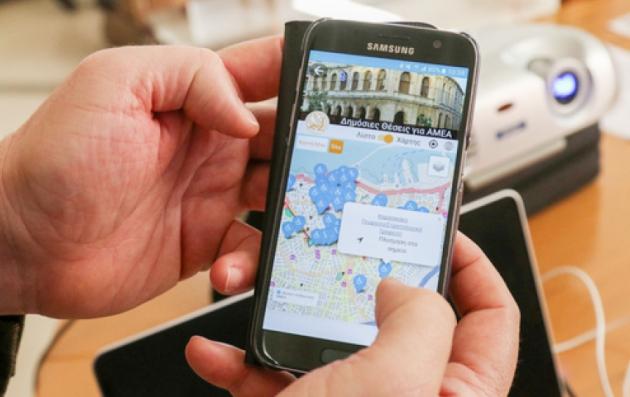Volunteering Cities
- Altea - Spain
- Altena - Germany
- Arcos de Valdevez - Portugal
- Athy - Ireland
- Capizzi - Italy
- Pregrada - Croatia
- Radlin - Poland
Summary
Watch all the Volunteering Cities videos here.
Timeline
Kick-off meeting (May), Transnational Meeting (August), End of Phase 1, Beginning of Phase 2
Transnational Meetings (February, March, June, October, December)
Capacity Building, Workshops
Transnational Meetings (February, March), Final Conference, URBACT City Festival
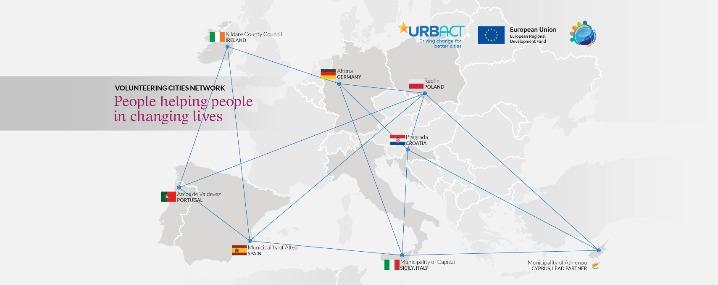
Products
Final Product
Learning Logs
-
Volunteering Cities - Athienou LL(PDF, 7Mo)
-
Volunteering Cities - Pregrada LL(PDF, 5Mo)
-
Volunteering Cities - Radlin LL(PDF, 2Mo)
-
Volunteering Cities - Altena LL(PDF, 477Ko)
-
Volunteering Cities - Capizzi LL(PDF, 6Mo)
-
Volunteering Cities - Arcos de Valdevez LL(VND.OPENXMLFORMATS-OFFICEDOCUMENT.PRESENTATIONML.PRESENTATION, 4Mo)
-
Volunteering Cities - Altea LL(VND.OPENXMLFORMATS-OFFICEDOCUMENT.PRESENTATIONML.PRESENTATION, 29Mo)
-
Volunteering Cities - Athy LL(VND.OPENXMLFORMATS-OFFICEDOCUMENT.PRESENTATIONML.PRESENTATION, 5Mo)
This Transfer network makes use of Volunteerism to approach social exclusion and poverty at the community level. Focus is given to an inter-generational collaboration where different age groups of both volunteers and individuals facing social problems work towards a sustainable evolution of the quality of life within local society. The network aims at structuring the volunteering activity giving validity to a bottom up approach, where volunteers can decide and implement actions.


